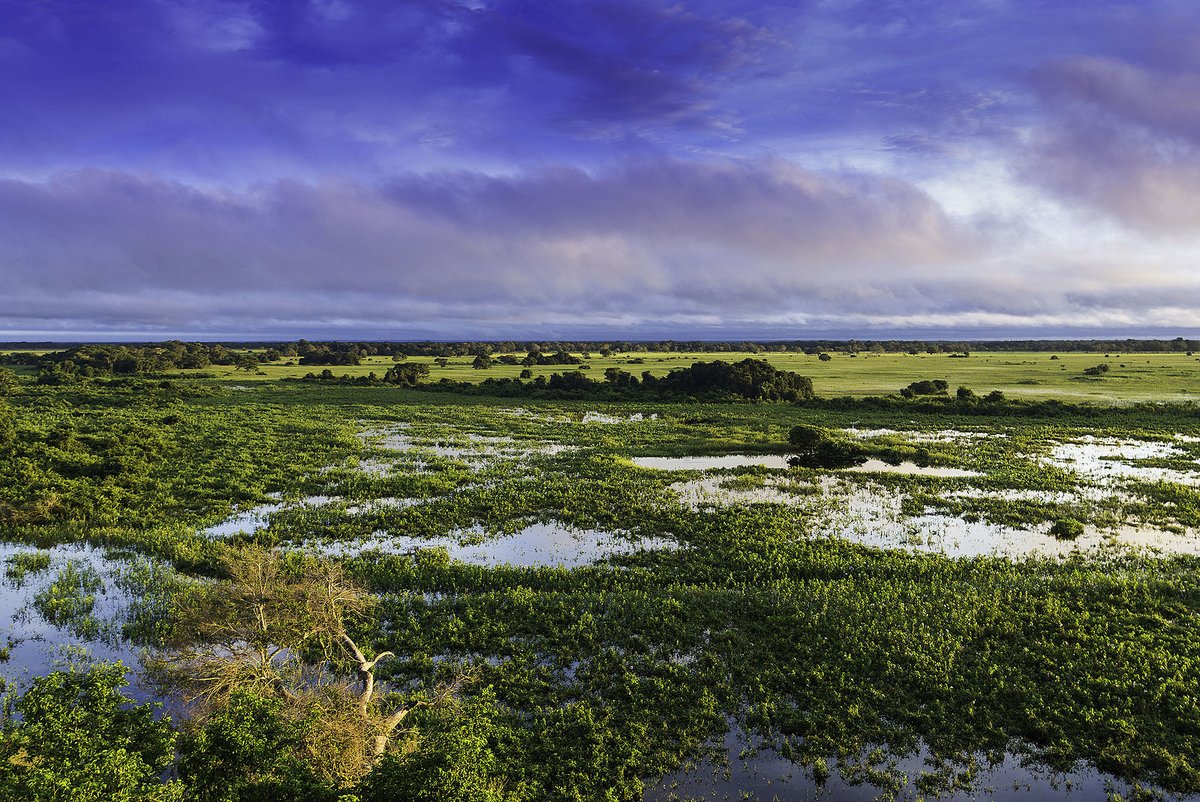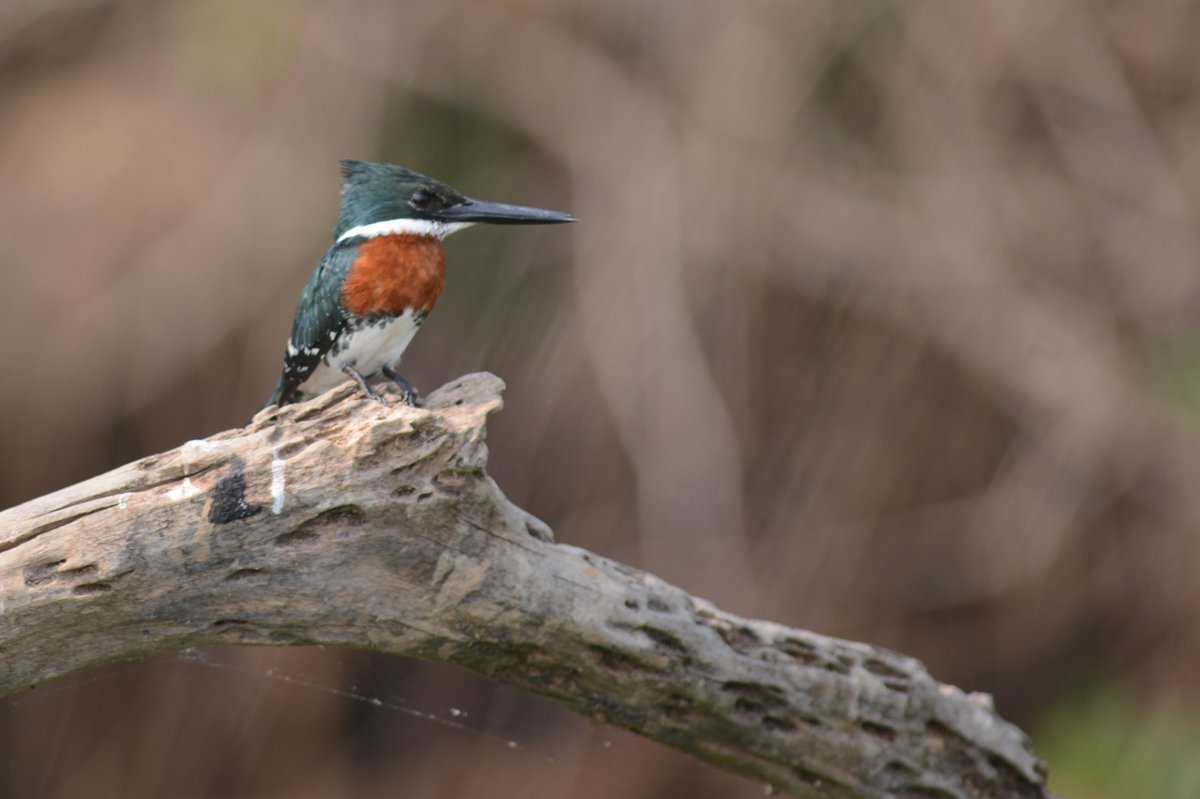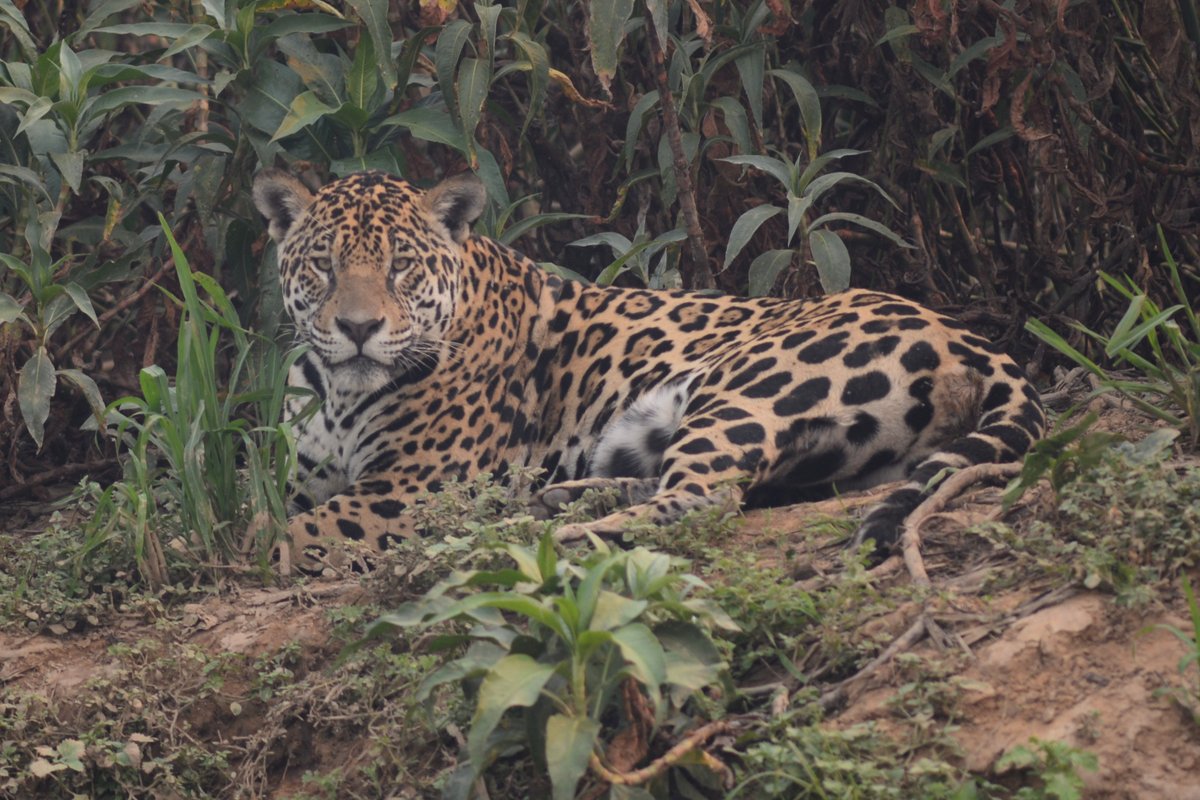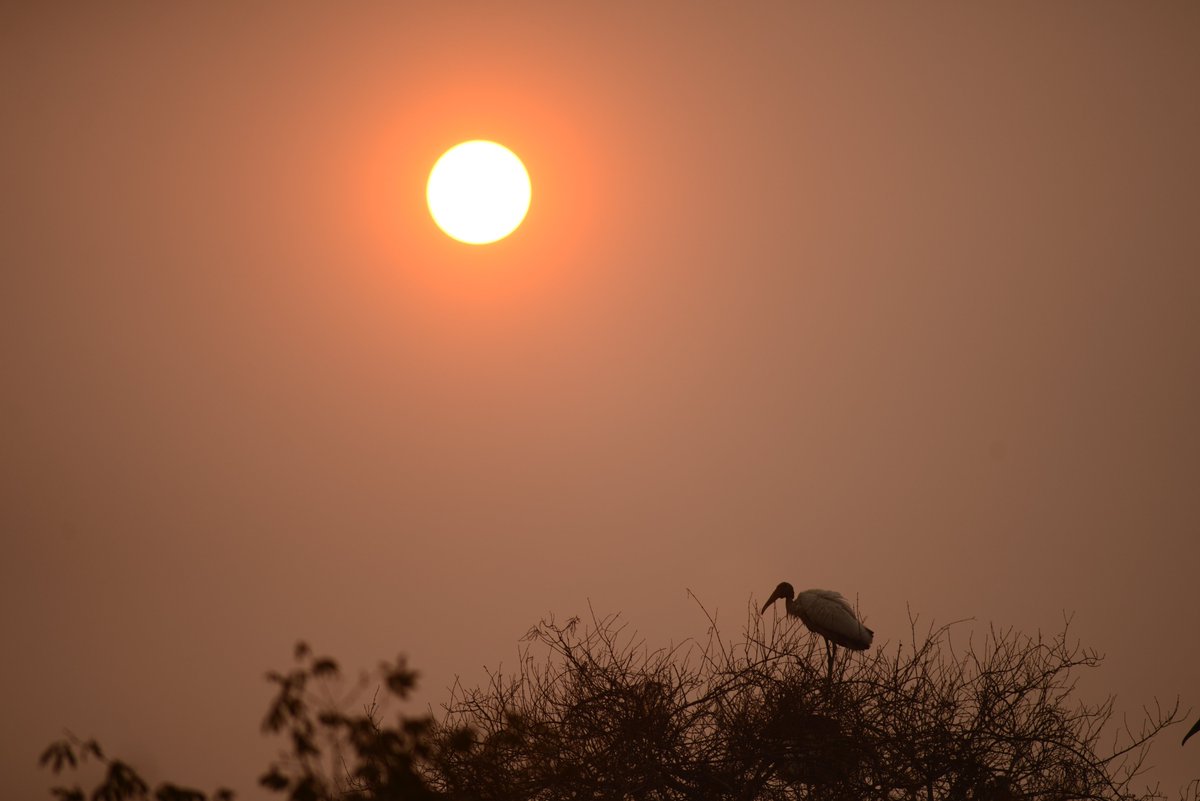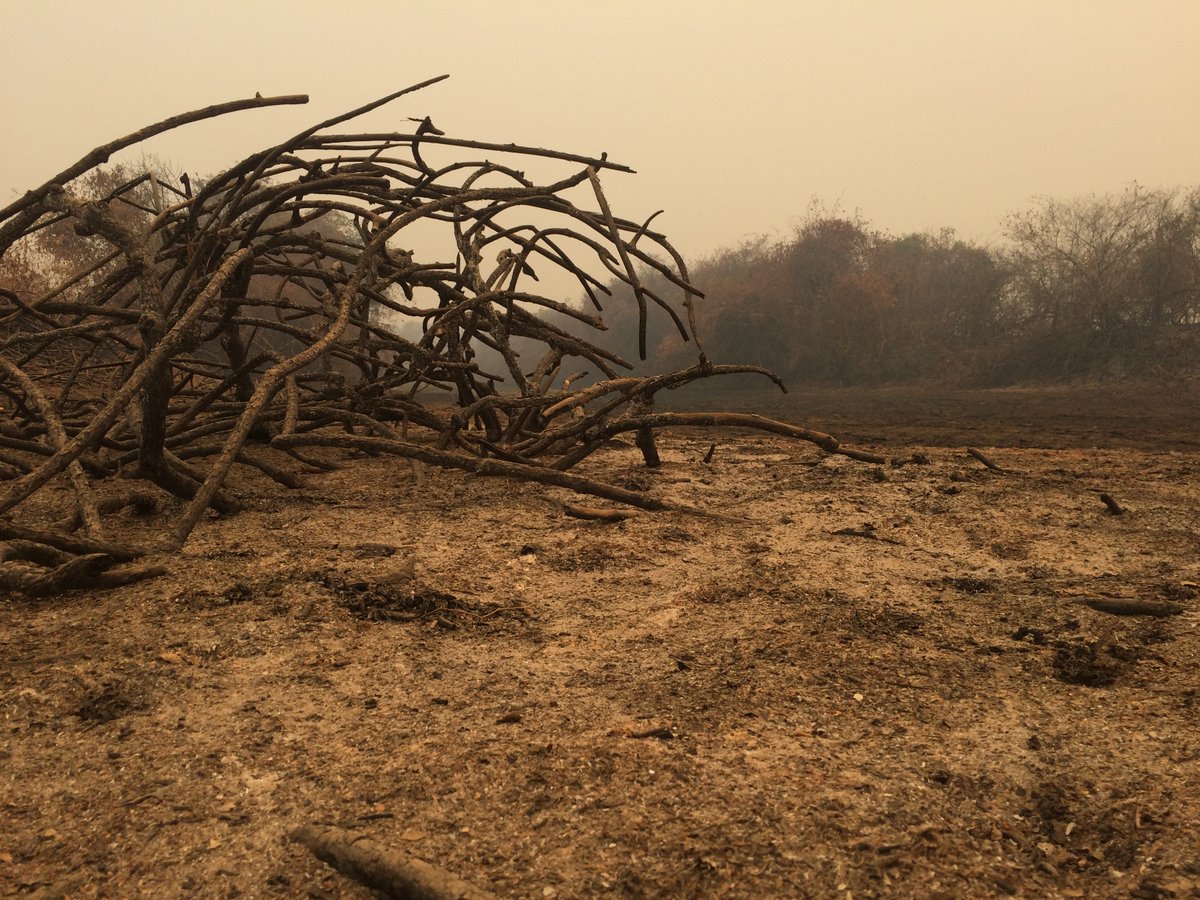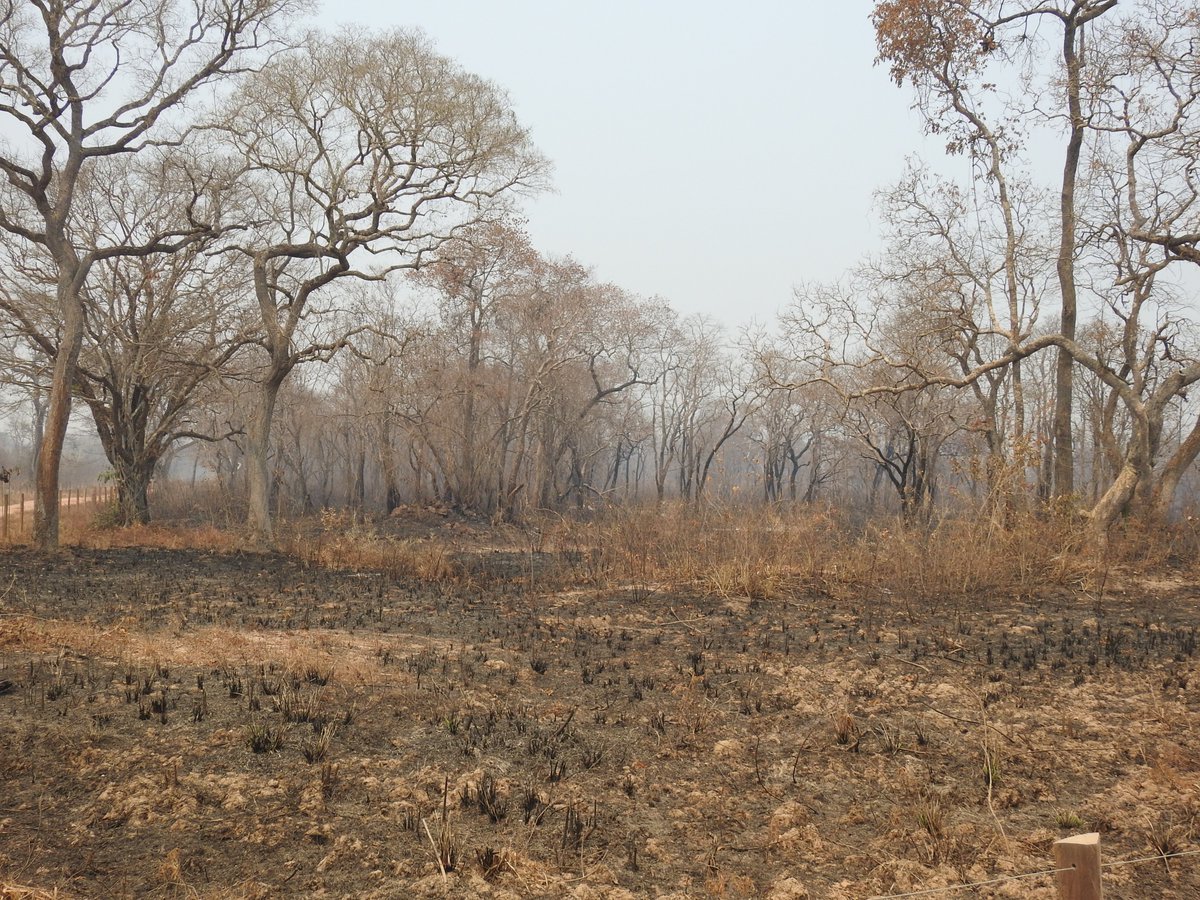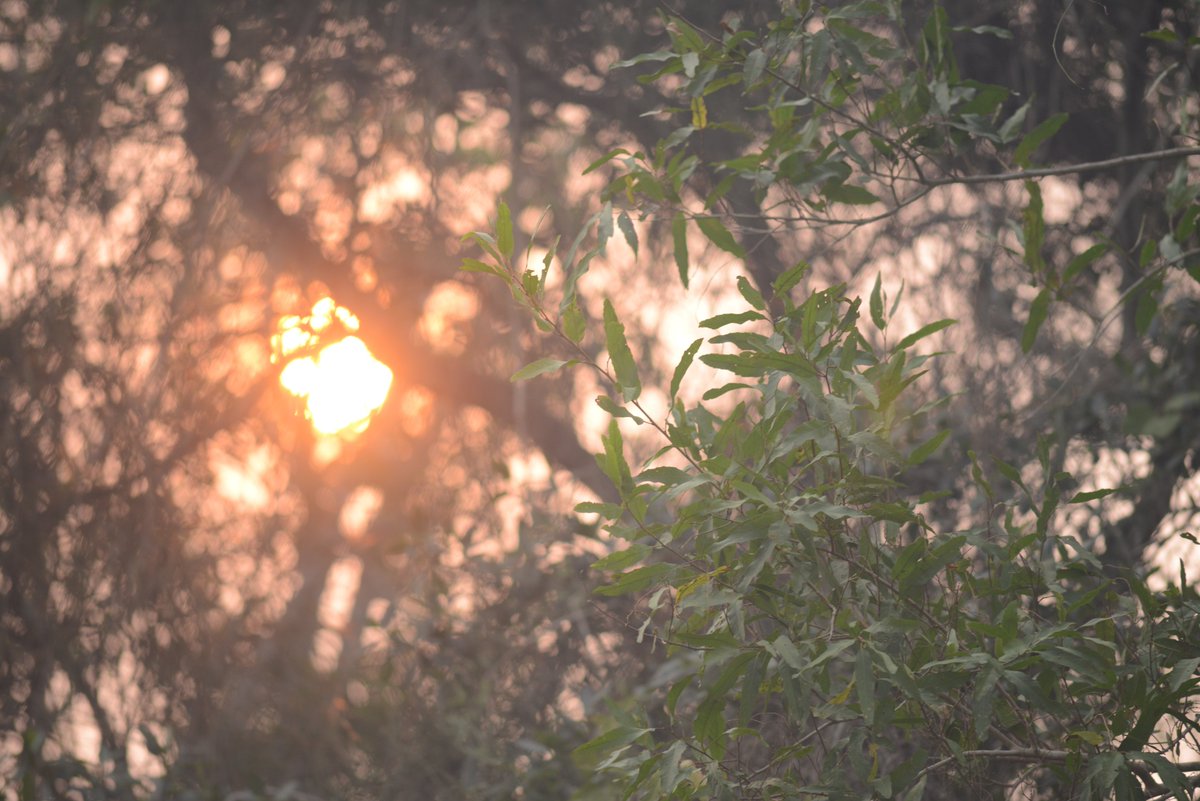I’m just back from eight days in the Pantanal. What’s happening there and what needs to happen? A thread /
It was a trip planned a long time ago, now that we live close enough that we can get there without flying. We meant to celebrate our wedding anniversary with a leisurely few days of wildlife-watching. Instead, we found the Pantanal on fire https://www.nytimes.com/2020/09/04/world/americas/brazil-wetlands-fires-pantanal.html">https://www.nytimes.com/2020/09/0... /
The Pantanal is the world’s largest area of flooded grasslands, at the confluence of the Amazon, Cerrado, Chaco and Atlantic Forest biomes (photo CC-BY-SA Filipe Frazão) /
Pantanal is home to the world’s highest densities of jaguars, as well as giant river otters, tapirs and a tremendous diversity of birds and other species /
Now it’s on fire. It is experiencing the worst drought in 47 years, and almost no rain has fallen since January, especially in the north /
Although some fires occur naturally in the Pantanal, most are started (intentionally or accidentally) by people. Natural fires are started by lightning and usually extinguished rapidly by the heavy rain that follows /
According to ranchers, environmental laws have restricted their ability to burn, resulting in a build-up of biomass and more severe fires. At the same time, it is believed that many of the fires were lit to clear land for pasture, and then got out of control /
Conditions in the Pantanal right now are perfect for fire. Water levels are the lowest they have been for decades, so the wetland vegetation is as dry as tinder. When I left, humidity was 7% and temperature was 40 degrees C (104 Fahrenheit) /
With climate change, it is likely to become even hotter and drier. The drought may be exacerbated by dams constructed upstream https://link.springer.com/chapter/10.1007/698_2015_357">https://link.springer.com/chapter/1... /
A few low-severity fires, along with annual flooding, help to create the mosaic that gives the Pantanal its diversity of landscapes. But this year, fires are burning on a far larger scale and with greater severity than normal /
More fires have been recorded already this year than during the six years from 2014 to 2019, and the rain has not come yet https://sustentabilidade.estadao.com.br/noticias/geral,volume-de-queimadas-no-pantanal-em-2020-equivale-a-destruicao-dos-ultimos-seis-anos,70003430125">https://sustentabilidade.estadao.com.br/noticias/... /
In the Pantanal as a whole, it’s estimated that 15% has burned so far. Driving the Transpantaneira from Poconé to Porto Jofre a few days ago, it’s clear that the total is far far higher in that part of the Pantanal. We passed kilometre after kilometre of burned landscapes /
This is a tragedy for people and for wildlife. We joined locals fighting fires without proper equipment or training, to prevent the flames from reaching a settlement. The smoke is so thick that visibility some days is just a few hundred metres /
Once they take hold, it’s almost impossible to extinguish these fires completely. “It’s like a cancer”, one local told me. “You put it out here, and it starts to sprout somewhere else.” /
Smouldering embers survive and fires flare up again. Trees and vines go up in sheets of flame sending thousands of glowing sparks out across the landscape /
Animals that could easily flee from a single fire are trapped by multiple fire fronts. Those that survive are being rescued with burns and respiratory distress. We saw capibaras, tapirs, coatis and an otter fleeing from the fires through a parched, ash-covered landscape /
Our holiday quickly mutated into efforts to help those fighting the fires – guesthouse owners, environmental NGOs and a small team of firefighters /
Many volunteer firefighters are from indigenous communities, and cannot operate as normal because of the pandemic /
My wife started a fundraiser and so far has raised enough money to buy a truck to carry 8,000 litres of water to the front line, as well as water pumps and PPE. You can support it here (but you need a Brazilian CPF to do so): #AjudaPantanal http://vaka.me/1359949 ">https://vaka.me/1359949&q... /
Other organisations to support are listed here – we met teams from Ampara and Ecotrópica working to help animals fleeing from the fires #AjudaPantanal https://twitter.com/mortaemparma/status/1305168520842547201">https://twitter.com/mortaempa... /
If you’re outside Brazil, consider supporting the main international organisation we saw fighting the fires on the ground: Panthera #AjudaPantanal https://twitter.com/PantheraCats/status/1304480160935272453">https://twitter.com/PantheraC... /
When the rains come, a huge amount of ash will wash into the rivers. Local people tell us they’ve seen this before, and it results in big die-offs of fishes /
The Pantanal will turn green again with the rains. But so many animals have died that populations of some species will be depleted. Areas that were tree-covered will take decades to recover. The suffering has been immense https://twitter.com/domphillips/status/1305170673501954049">https://twitter.com/domphilli... /
If, because of climate change and land-use change, fire on this scale becomes more frequent, the Pantanal will start to lose its tropical rainforest species and become dominated by savanna and dry forest species. It will lose some of its richness /
What needs to happen next? The response from public authorities, at all levels, from county to national, has been inadequate. We have seen firefighters, IBAMA and ICMBio on the ground, but it’s a few men and women when hundreds are needed. We saw a single fire engine /
The Pantanal needs a public response commensurate with the scale of the problem. NGOs and locals cannot take this on with adequate support /
Rather than casting blame, what’s needed after the emergency response is dialogue to chart a way forward for the Pantanal. Ranchers, NGOs, the tourism sector, and government authorities at different levels must all find common ground /
I have always heard of the Pantanal as an example of cattle ranching in harmony with nature. If that is so, it’s only possible because ranchers run a relatively small number of cattle across a large area (photo CC-BY-SA Marinelson Almeida Silva) /
Unchecked expansion and intensification of livestock rearing, in combination with climate change and other stressors, would mean the end of the Pantanal as we know it. I hope that scenario can be avoided /
To leave you with an image of hope, here is a tapir that was rescued from the fires. As someone working at the frontline told me “I know I can’t save the whole Pantanal. But if even one coati survives because of me, I will know my efforts are worth it” https://twitter.com/luizacaires3/status/1305144481713446912">https://twitter.com/luizacair... END

 Read on Twitter
Read on Twitter